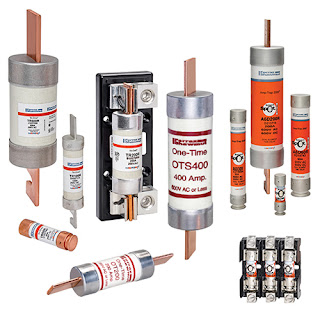Flow Cell Offers Cavitational Process Visibility
Hielscher Ultrasonics has added a glass flow cell designed for ultrasonic emulsifying to a range of accessories for its ultrasonic processors. The glass flow cell offers clear visibility of the cavitational process. The ultrasonic glass reactor vessel features two feed ports on the bottom side for the supply of the material into the reactor vessel. By the discharge port on the left side, the fluid exits the flow cell after passing the cavitational 'hotspot' generated at the sonotrode. In this hotspot, the medium is treated by the intense cavitational forces.
By this the various processes, such as homogenising, dispersing, emulsifying, sono-chemical and sono-catalytical effects, are achieved. With its two supply ports, the ultrasonic glass reactor is suitable for emulsification by ultrasonication as it can be fed with two immiscible fluids. The blue liquid marks the cooling jacket of the flow cell, through which a cooling or heating liquid can be pumped to control the processing temperature.
The glass flow cell can be adapted by a special flange to the sonotrodes of the UIP500hd, UIP1000hd, UIP1500hd and UIP2000hd. The processing capacity allows for flow rates of approximately 1 litre/min. The Hielscher glass flow cell is suitable for applications where the visibility of the cavitational process is of interest, such as during the testing of novel processes in research and development.
By this the various processes, such as homogenising, dispersing, emulsifying, sono-chemical and sono-catalytical effects, are achieved. With its two supply ports, the ultrasonic glass reactor is suitable for emulsification by ultrasonication as it can be fed with two immiscible fluids. The blue liquid marks the cooling jacket of the flow cell, through which a cooling or heating liquid can be pumped to control the processing temperature.
The glass flow cell can be adapted by a special flange to the sonotrodes of the UIP500hd, UIP1000hd, UIP1500hd and UIP2000hd. The processing capacity allows for flow rates of approximately 1 litre/min. The Hielscher glass flow cell is suitable for applications where the visibility of the cavitational process is of interest, such as during the testing of novel processes in research and development.



Comments